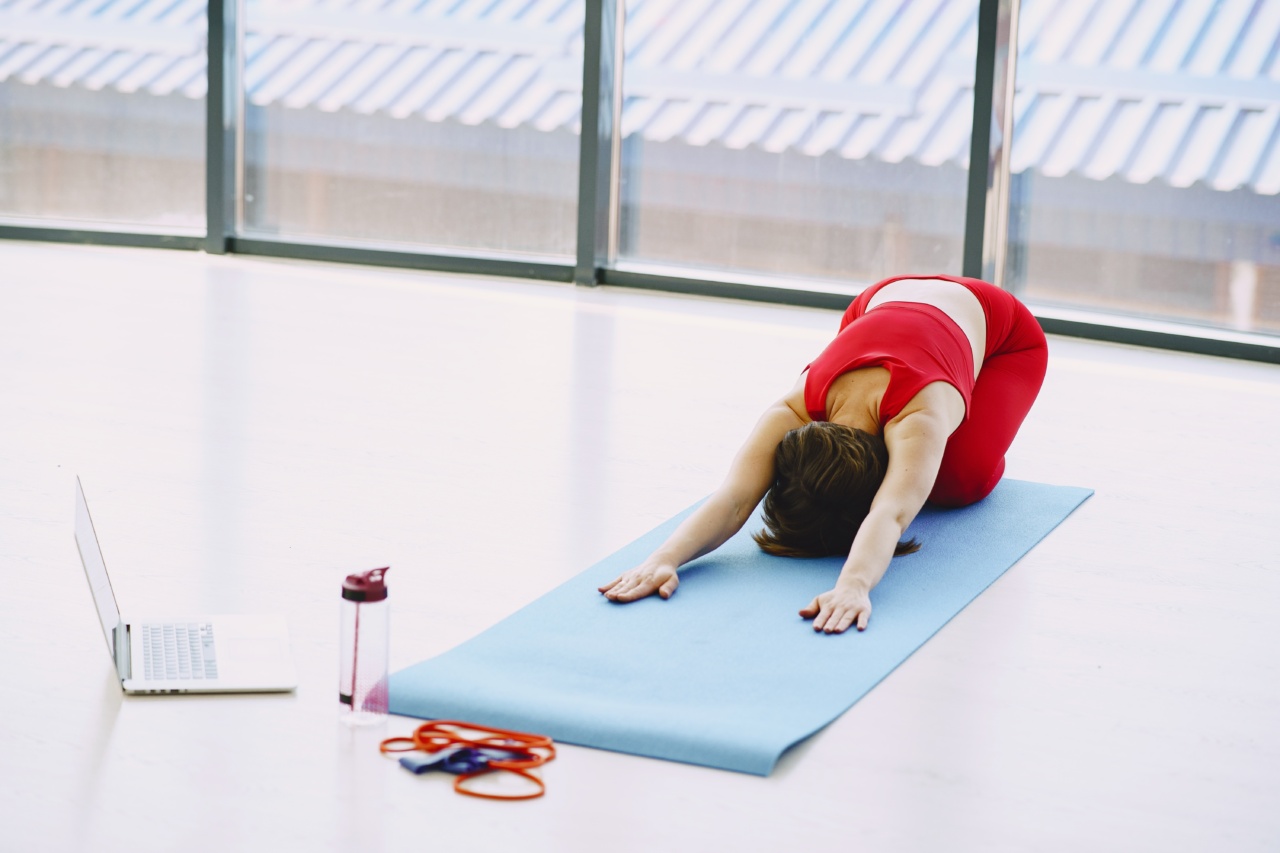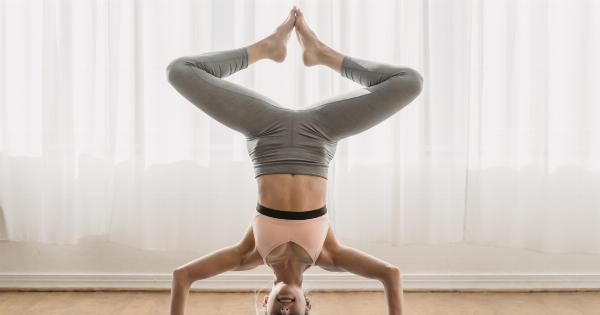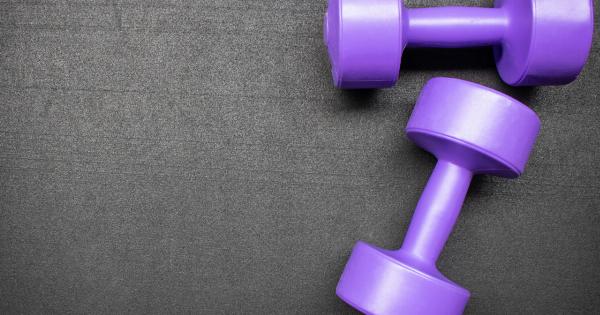Aging is a natural process that every human being undergoes over time. However, many people are striving to delay aging, leading them to look for various ways to achieve this goal.
Among the approaches that have been found to help slow down aging is exercising.
Regular exercise has many benefits to the body, including delaying aging. However, the type of exercise you engage in matters significantly. Resistance exercise and aerobic exercise are two popular approaches to physical activity.
Although both options provide health benefits, some studies have found that resistance exercise may have more profound effects on aging than aerobic exercise.
What is Resistance Exercise?
Resistance exercise involves using bodyweight or external resistance such as weights, resistance bands, or machines to create tension in your muscles.
The tension causes the muscle fibers to break down, then repair and grow stronger, leading to an increase in muscle mass and strength.
During resistance exercise, the muscles work against a force, such as gravity, the human body, or weights. Due to the increased resistance, the muscles work harder, leading to more significant gains than in aerobic exercise.
What is Aerobic Exercise?
Aerobic exercise, also known as cardiovascular exercise, involves activities that increase your heart rate and breathing, such as running, cycling, or swimming.
Aerobic exercise primarily targets the heart, lungs, and circulatory system, leading to increased cardiovascular endurance.
During aerobic exercise, oxygen is continuously flowing to the muscles that are being used, providing them with energy. The exercise sessions are usually long and sustained, which is necessary for the effectiveness of the workout.
How Do Resistance Exercise and Aerobic Exercise Affect Aging?
While both resistance exercise and aerobic exercise can delay aging, studies have shown that resistance exercise has a more significant anti-aging effect, especially on skeletal muscle mass, strength, power, and endurance.
The aging process causes a decline in muscle mass and strength, leading to a decrease in functional capacity and an increased risk of falls, fractures, and disability.
Engaging in regular resistance exercise can help attenuate this decline, leading to better physical functioning, athletic performance, and healthy aging.
Additionally, resistance exercise has been found to lead to an increase in bone mineral density, helping to prevent osteoporosis, a common degenerative condition among older adults.
On the other hand, aerobic exercise has been found to have an anti-aging effect on the cardiovascular system, including improving heart function, lowering blood pressure, reducing inflammation, and improving insulin sensitivity and glucose metabolism.
Why Resistance Exercise May Be More Effective Than Aerobic Exercise for Delaying Aging
Resistance exercise has been shown to stimulate muscle hypertrophy (muscle growth), leading to an increase in muscle size and strength. The elevated muscle mass leads to better glucose and glycogen metabolism, which is essential for healthy aging.
The muscle hypertrophy that occurs due to resistance exercise also leads to an increase in muscle satellite cells. These cells have the potential to differentiate into muscle cells, leading to more efficient repair and regeneration of muscle tissue.
Furthermore, resistance exercise has been found to increase the amount of Type II muscle fibers, which are responsible for generating significant levels of force.
Aging leads to a decline in Type II muscle fibers, leading to a decline in muscle strength and power. Resistance exercise can halt or reverse this decline, leading to better muscular function and quality of life.
Moreover, resistance exercise has been found to have a positive impact on body composition, reducing the amount of body fat while increasing lean body mass.
This effect is vital for healthy aging since excess body fat can lead to various health conditions such as cardiovascular disease, diabetes, and osteoporosis.
Tips for Resistance Exercise and Aerobic Exercise for Healthy Aging
Engaging in regular resistance and aerobic exercise is necessary for healthy aging. Here are some tips for incorporating both types of exercise into your routine:.
- Start by consulting with your healthcare provider to determine the best exercise routine for your fitness level and health status.
- Incorporate both resistance exercise and aerobic exercise into your routine, ideally on different days of the week.
- Start slowly and gradually increase the intensity of your workouts over time.
- Maintain good form during resistance exercise to prevent injury.
- Choose resistance exercises that target all major muscle groups, such as squats, lunges, chest presses, and rows.
- For aerobic exercise, try to follow the American Heart Association’s guidelines of at least 150 minutes of moderate-intensity exercise or 75 minutes of vigorous-intensity exercise per week.
- Mix up your routine to prevent boredom and plateauing.
- Stay hydrated during exercise and pay attention to your body to prevent overexertion or injury.
Conclusion
While both resistance exercise and aerobic exercise can help delay aging, resistance exercise has been found to have a more profound anti-aging effect, especially on skeletal muscle mass, strength, power, and endurance.
Resistance exercise has been shown to halt or even reverse some effects of aging, such as muscle loss, while also contributing to healthy aging by decreasing body fat and improving glucose and glycogen metabolism.
If you are looking to delay aging, incorporating both resistance exercise and aerobic exercise into your routine can promote a healthy and active life, leading to better quality of life as you age.




























